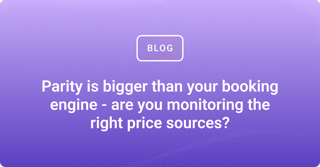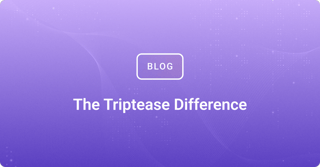Although challenges to RPAs in the US may have failed, this summer saw important legal developments in Europe which led to Booking.com and Expedia changing the terms of their agreements with UK hotels to allow hoteliers to offer lower rates via other OTAs. However, since hotels were still precluded from offering lower rates through their own websites, this change restored only limited freedom to hotels.
Hoteliers have a difficult balance to strike: OTAs remain important due to their large market share and marketing budgets, but at the same time it is essential to offer competitive rates through the direct channel. Depending on the terms of the RPA, it is possible to find creative ways to make direct booking more appealing without violating the agreement, or you can look to convince customers that the direct price can't be beaten. Convincing as many customers as possible to book direct is a vital requirement for hoteliers seeking to preserve their profit margins.
However, the end of rate parity would still present important challenges for hoteliers, especially the need to make sure the direct booking channel is up to the job of securing direct sales. Moreover, loosening RPAs to allow different rates to appear on different OTAs increases the complexity and the possibility that the hotel’s website may itself be undercut by one OTA without breaking the agreement with another. For this reason, taking an in-depth look at the prices on offer through different channels could prove to be an important tool for hotel revenue managers to ensure they aren’t being undercut elsewhere.
The Triptease Platform is built to help hotels take back control of their distribution and increase their direct revenue.








